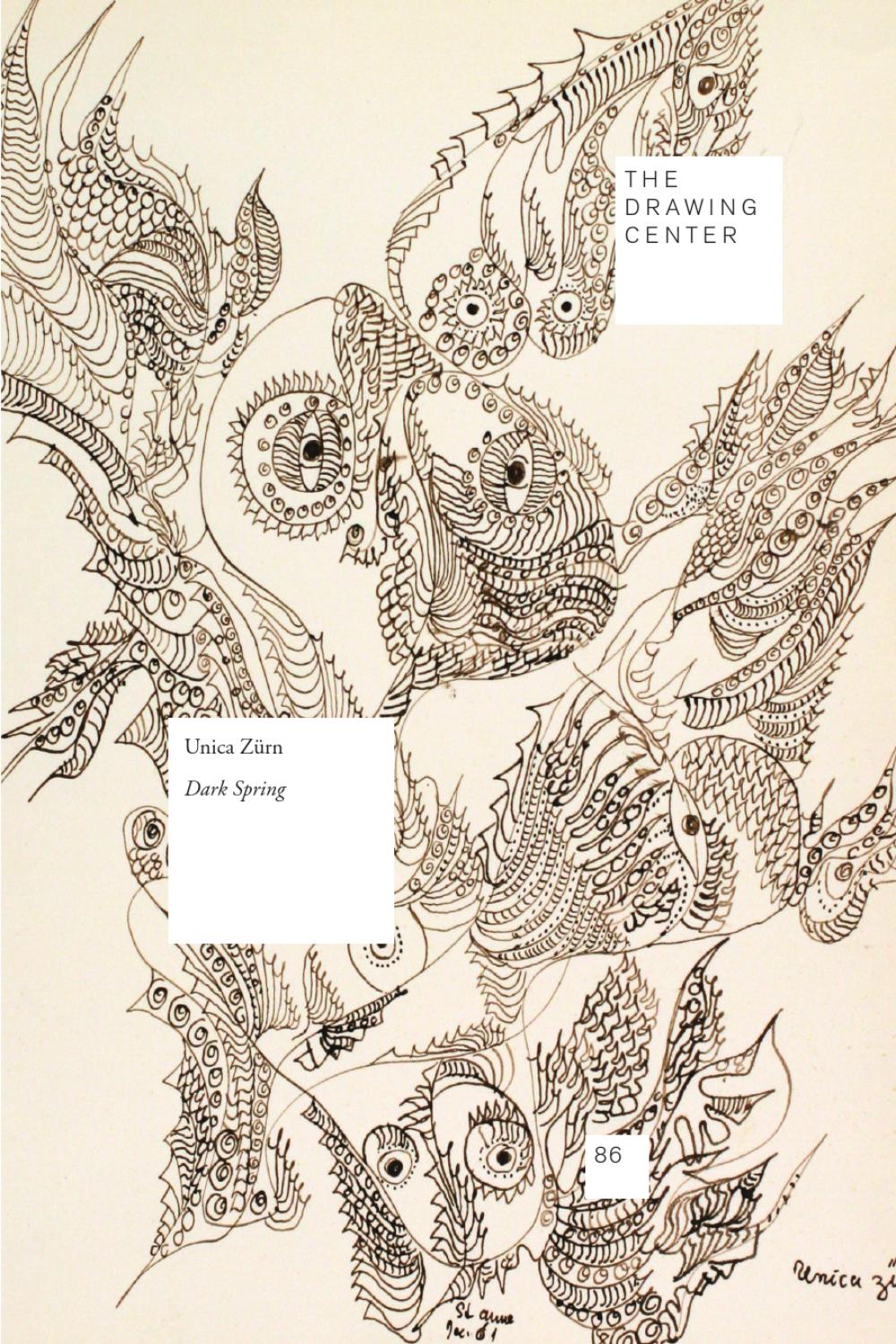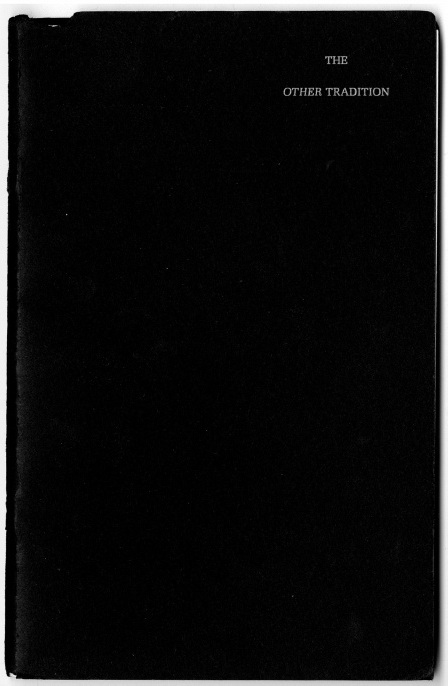Degenerate Art: The Fate of the Avant-Garde in Nazi Germany (1991)
Filed under catalogue | Tags: · art, art history, avant-garde, cubism, dada, expressionism, fauvism, germany, impressionism, nazism, neue sachlichkeit, surrealism
“On July 19, 1937, the Entartete Kunst [Degenerate Art] exhibition opened in the Hofgarten arcades of Munich’s Residenz. It included 650 works of art confiscated from 32 German museums. For the National Socialists, the term “degenerate” applied to any type of art that was incompatible with their ideology or propaganda. Whole movements were labeled as such, including Expressionism, Impressionism, Dada, New Objectivity, Surrealism, Cubism, and Fauvism, among others. Many of Germany’s most talented and innovative artists suffered official defamation: for example, George Grosz, Ernst Ludwig Kirchner, Max Ernst, Karl Schmidt-Rottluff, Max Pechstein, Paul Klee, and Ernst Barlach. Avant-garde artists and museum directors who purchased or exhibited modern art had already been barred from professional activity as early as 1933. With this exhibition, the visual arts were forced into complete submission to censorship and National Socialist “coordination” [Gleichschaltung]. Initiated by Minster of Propaganda Joseph Goebbels and President of the Reich Chamber of the Visual Arts Adolf Ziegler (1892-1959), the exhibition travelled to twelve other cities from 1937 to 1941. In all, the show drew more than 3 million visitors. The exhibition sought to demonstrate the “degeneration” of artworks by placing them alongside drawings done by the mentally retarded and photographs of the physically handicapped. These comparisons aimed to highlight the “diseased,” “Jewish-Bolshevist,” and inferior character of these artworks and to warn of an impending “cultural decline.” As an exercise in contrast, the opposite – good, “healthy,” “German” art – could be seen in the “Great German Art Exhibition,” on view only a few meters away.” (Source)
This catalogue examines and documents the 1937 exhibition Entartete Kunst. Includes essays, a diagrammed catalogue of the exhibition, artist biographies, a translated facsimile of the exhibition guide, and other reference resources, accompanied by reprints of the artworks and photos of the exhibition itself.
Published in conjunction with the exhibition held at the Los Angeles County Museum of Art, Feb. 17-May 12, 1991, and at the Art Institute of Chicago, June 22-Sept. 8, 1991.
Edited by Stephanie Barron
Publisher Los Angeles County Museum of Art, and H.N. Abrams, New York, 1991
ISBN 0810936534, 9780810936539
424 pages
Film footage from the Munich exhibition (4 min).
Exh. reviews: William Wilson (LA Times 1991), Michael Kimmelman (NYT 1991), Fred Camper (Chicago Reader 1991),
Cat. reviews: Willibald Sauerländer (NY Review of Books 1994), Werckmeister (Art Bulletin 1997), .
Internet Archive (PDF, JPGs, multiple formats)
1937 exhibition brochure with English translation (at Internet Archive), Spanish translation (1980, added on 2016-12-10)
Unica Zürn: Dark Spring (2009)
Filed under catalogue | Tags: · art, surrealism

“Unica Zürn: Dark Spring presents ink and watercolor works on paper by the late German artist and writer Unica Zürn, spanning from the early 1950s until her suicide in 1970. A noted poet and novelist, Zürn produced numerous expressionistic short stories that were published in German newspapers throughout the 1950s before moving to Paris with German Surrealist artist, Hans Bellmer, who would be her partner and collaborator until her death. Zürn began producing paintings and drawings related to her Surrealist-influenced literary work while living in Paris, becoming acquainted with many artists in the Surrealist circle, including André Breton, Max Ernst, Man Ray, and Marcel Duchamp. Part whimsical cartoons, part intricate portraits, Zürn’s chimerical fantasies make for drawings that are deeply revelatory yet playfully imaginative.”
Essays by João Ribas and Mary Ann Caws
Publisher The Drawing Center, New York, 2009
Drawing Papers series, 86
ISBN 9780942324396
93 pages
Exhibition review (Gary Indiana, Art in America, 2009)
Comment (0)G.R. Swenson: The Other Tradition (1966)
Filed under catalogue | Tags: · art, art history, pop art, surrealism

Catalogue for an exhibition held at the Institute of Contemporary Art, University of Pennsylvania, from 27 January-7 March 1966.
“The exhibition was conceived in opposition to the then-dominant mode of formalist analysis and critique, and its aim was no less than “to document the need for a new critical and scholarly approach to twentieth century art.” It presented works, primarily paintings, by thirty-six artists plus a copy of Alfred Stieglitz’s magazine 291 with a Dada montage by Francis Picabia on the cover. The collective proposition, a radical one for the times, was that the pathway to Pop Art led inexorably through Surrealism, which this exhibition also sought to cast in a different light.
Organized by New York art critic Gene Swenson (1934-69), the exhibition was accompanied by a modest catalogue whose passionate, forty-page essay dismantles Cubism’s claims to formalist innovation. Surrealism is shown to be much cooler (making dreams concrete) and Pop much hotter (making feelings into things) than typically held—and also much more effective. Art’s job is, Swenson wrote, “to turn feelings into things so we that can deal with them.”” (Source)
Publisher Institute of Contemporary Art, University of Pennsylvania, Philadelphia, 1966
ix+40 pages
via ICA Phila
PDF
More about the show (8 MB)

